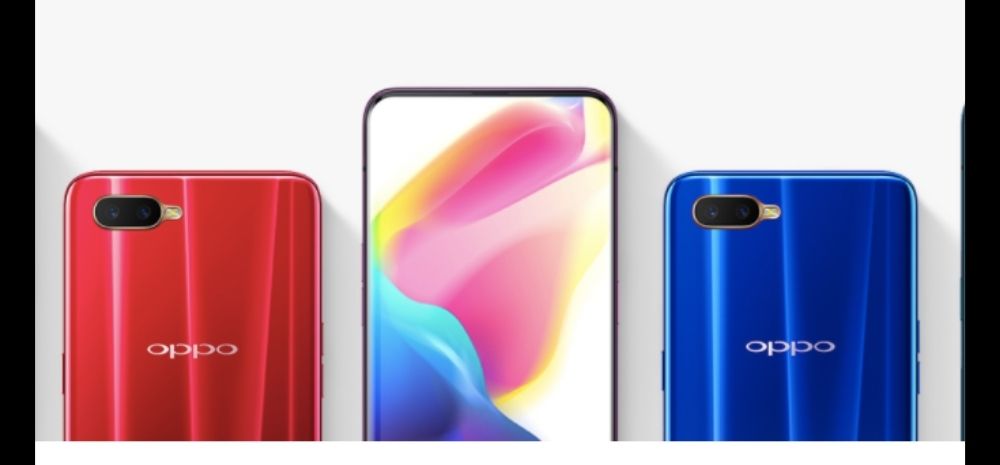6 Advanced Features Of ColorOS Which You Should Know Right Now: Privacy, Speed, Customizations & More

One of the great things about the Android operating system is that it allows for unlimited customizations for the user and smartphone brands.
Brands can customize the interface of the operating system to make it unique and develop and enhance it with tonnes of handy features to benefit the user.
A few of the most widely used Android custom operating systems available today include ColorOS by OPPO, OneUI by Samsung, OxygenOS by OnePlus, MiUi by Xiaomi and FunTouch by Vivo.
As these custom operating systems are based on Google’s stock Android, they tend to provide several standard features.
Some of these common features that you can get across almost all smartphone brands include mobile hotspot, data saver, basic app notification control, permission manager, and battery management power modes. Most smartphone users are aware of these features and use them daily. However, several elements are present but not known by the users.
Contents
Privacy Protection In Color OS
One of the key areas that users don’t know about is privacy. Privacy features protect the private information of the user from prying apps as well as other users.
ColorOS by OPPO features enhanced privacy controls that let users control which apps can access the information on the phone as well as lock sensitive data with a passcode or biometric lock. In comparison, other brands such as Samsung and OnePlus offer basic privacy controls with permission managers.
Automatic Performance Optimization
Almost all smartphones also have performance optimization features that help running the phone smoothly. On most smartphones, these optimization settings need to be manually launched by the user for optimization. However, on ColorOS by OPPO, the system automatically cleans up junk and defrags the phone storage to keep the device running as fast as a new phone.
Default Dark Mode
As the brands customize the Android operating system, they also tend to enhance the built-in features of Google to suit the user’s requirements better. E.g. Google announced the dark mode for its Android OS in 2019, but brands such as OPPO, Samsung, Vivo and few others already offered dark mode in their devices much before Google offered it. Some brands also enhanced the dark mode to provide features such as always-on display on Samsung, Xiaomi and OnePlus to customize dark mode colour schemes in ColorOS by OPPO. Similarly, Google added navigation gestures for Android, and various smartphone brands adopted them as an option to use instead of on screen keys.
Gesture Operated Key Functions
However, brands offering custom operating systems also tend to put in exclusive features that are not available on competing smartphone brands to gain an edge in the consumer’s eyes.
One prime example of this is the three-finger gesture in ColorOS by OPPO that lets a user take a screenshot or translate text between languages.
Smart Sidebar
Another example would be the smart sidebar that is offered by Samsung OneUI and ColorOS by OPPO.
Dynamic Wallpaper
Xiaomi also has a unique custom feature with the dynamic wallpaper on MiUi 12 called super wallpaper. The wallpaper shows earth or mars, and it changes animation from globe view to a zoomed-in view of the terrain when you unlock or use the phone. OnePlus, on the other hand, focuses on delivering a fast and smooth interface for its users.
Each brand tries to innovate in unique features, but the lead has been taken by ColorOS.
Its close partnership with Google has allowed ColorOS to offer the latest updates along with security and new features while delivering a smooth and seamless experience to the user.
As the Android operating system evolves in the future, smartphone brands will need to keep adding new and innovative features to stand above the crowd. The most significant benefit of this would be to the user as they would have multiple choices to choose the smartphone operating system that works best as per their needs and requirements.

Comments are closed, but trackbacks and pingbacks are open.